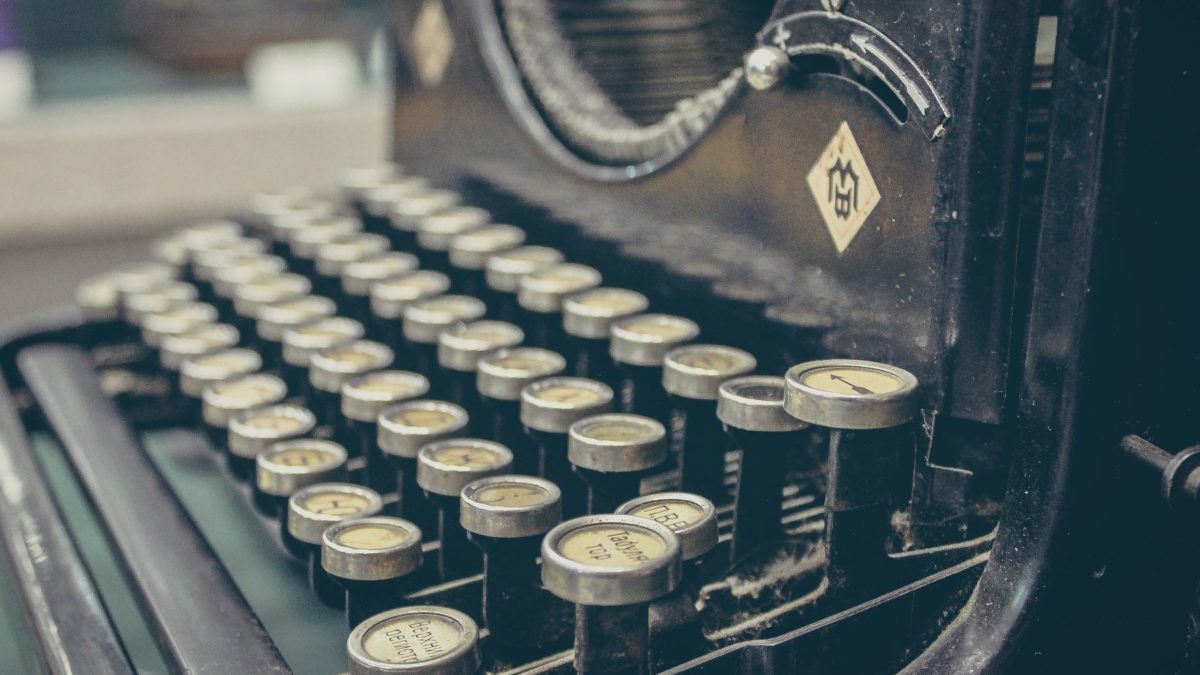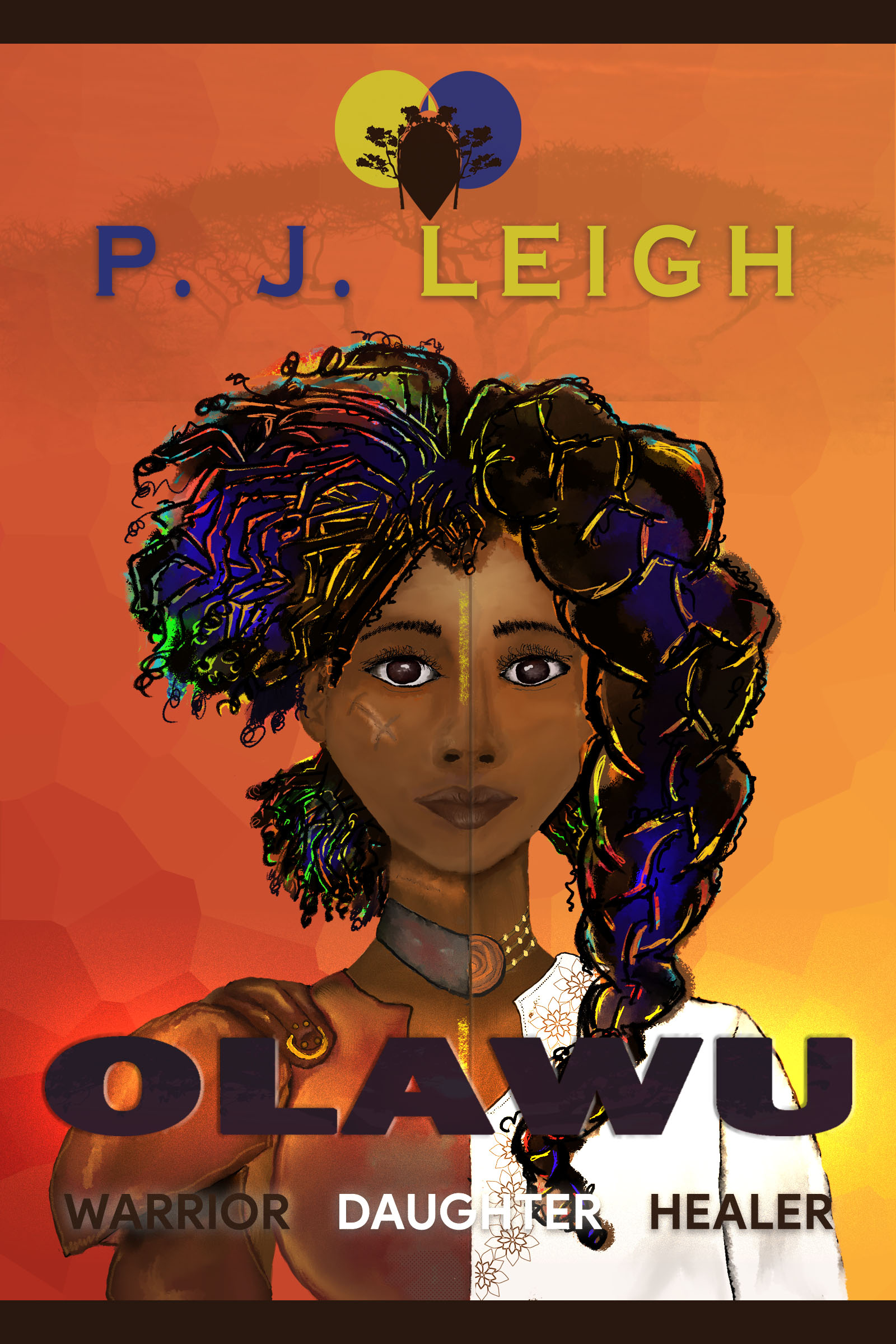
Crafting A Short Story: Polishing
In our final installment of the Crafting A Short Story series, we will be focusing on polishing our final draft. If you’re like me, you clean your house *ahem* regularly. But, when you’ve got company coming over, cleaning the house requires deeper scrutiny and intense, somewhat obsessive attention to detail. The spots staining the walls that you’ve lived with for weeks suddenly need to be removed. “Regular house smell” won’t do. You need “cinnamon house smell.” And we can’t have our guests walking around in t-shirts and underwear, so lower that thermostat. But I digress.
Polishing a story is a lot like cleaning the house before company arrives. Sure, the draft you have after editing is perfectly “adequate” for your eyes. But it’s not really ready to be seen by other people. So you go through it once, twice, three times, and give it a few spot treatments to spruce it up. I’ve broken down the polishing process into five categories, because five is such a well-rounded number.
#1: Cold Reading
We can’t get away from this. This is probably the easiest way to spot problems in a story. When we walk away from our story, we give our brains permission to forget it (and stop obsessing over it). When we come back, we read the story for what it is, and not what we meant for it to be. We’re less likely to insert words that aren’t there, because we’ve already forgotten all of them (or most of them).
For a short story, 1-3 days is good. If you’re on a time crunch and can’t do a long cooling period, there is a trick you can try. Change the font style. If you’re writing in Times New Roman, try Comic Sans or Garamond. Something noticeably different.
When you do your cold reading, pay close attention to the pacing and flow of your story. This is the best time to tweak clunky sentences. You’ll also want to look out for missed words and misused words. For example, spell check won’t catch your mistake if you say, “Staying quiet is more than I can bare,” because, technically, that word is spelled correctly. Intent isn’t something all grammar programs can catch, so read carefully.
#2: Paragraphs and Spacing
The way you arrange words in a story goes beyond the word choices. The space between words and ideas can also aid in the flow and cadence. Aim for a balanced blend of short and long sentences and paragraphs.
To enhance the impact of a line, let it stand by itself.
The rules taught in primary school don’t necessarily apply to creative writing. Play around with your paragraphs and spacing to really shape the flow of your story.
#3: Names
I have some great news. The names you chose for your characters at the beginning don’t have to stay. You can replace them with better ones, or different spellings, if you want. I initially gave my character the name Amy. Which is fine, but I decided to change the spelling to something closer to her culture. So now she’s Aemie. Pronounced the same-ish, depending on the reader.
You may decide you want your character’s name to represent a personality trait, or a color, or an element. You may call your bubbly protagonist “Sunny” and her manic-depressive bestie “Rain.” Or you may choose something a bit more subtle and use names like Montana (Mountain) and Val (Valley). The world is your oyster when it comes to names. Just know your creative choices can affect your story in unpredictable ways. You don’t want names that are distracting or tiresome to read.
Now is also a good time to weed out overused proper names and replace them with pronouns. Replace “Aemie said this, Aemie did that,” with “She said this, she did that.”
#4: Pretty Prose
Would you believe I nearly forgot to share this part? Once you’ve figured out a way to say what you want to say, figure out a way to say it better. Put a little pizzazz in your prose. The last thing you want is a story that sounds sterile or lifeless.
After reading through your story a few times, you’ll pick up on things that aren’t quite right. The last lines aren’t hitting, or the emotional impact of a section is lacking. This is where pretty prose comes in. Use sensory words and images to enhance your descriptions. Better yet, use the same types of sensory examples to string thoughts together. I’ll give you an example.
Towards the end of my story, I have a paragraph that reads like this:
The day of the vote, I woke up in a cold sweat. But I plastered on a brave face and a bright smile, determined to turn things around. My grades had slipped, and the musical had backfired, but my debate skills were unmatched. I’d crush the competition.
Five Valley applicants stood in the auditorium that afternoon in one final push before the vote. As we shook hands, the tension of the morning began to ease.
Sasha gripped my hand and smirked. “Great performance the other night, Aemie. Woof woof!”
All I saw was red.
The problem? This segment feels disjointed, and the emotional buildup that I’m hoping for just isn’t there. Aemie is increasingly tense, so giving her a moment where the tension lets up feels wrong. And the line where she “sees red” just isn’t doing it for me.
I ultimately decided to abandon the eased tension and use more sensory images to define her tension. By comparing her tension to a tightly wound coil, and tying in her “see red” moment with the same imagery, I came up with something better. Something like this:
The day of the vote, I woke in a cold sweat. My grades had dipped, the musical backfired. The upcoming debate was the only thing keeping my three step plan from completely falling apart.
Five Valley candidates stood in the auditorium that afternoon, eager to prove themselves. I shook my opponents’ hands, my top-notch debate skills primed and ready, but the tension of the morning had me wrapped tightly in its coils.
Sasha gripped my hand and smirked. “Great performance the other night, Aemie. Woof woof!”
The coil snapped.
This version is much richer, and it accomplishes more with less. I actually shaved 5 words in the process.
#5: Title
Unless your story has a cover, your title will be the first thing a potential reader sees. Choose wisely. I’ve had dramatic titles like “The Earth Sighed Seven Times,” and I’ve had very bland, straightforward titles like “The Shifter.”
Titles are important, but the weight they carry really depends on a number of factors. A mediocre title on a fantastic story is better than a fantastic title on a mediocre story. In some ways, mediocre (or simple) titles are more beneficial.
Titles are first impressions. They set tone and expectations. If your title is simple, it’s easier to live up to, or exceed, those expectations. If your story has the best title ever invented, you’re setting the bar pretty high. Better deliver, or have thick skin.
Titles are also a great way to build on the themes within the story. One of my favorite reader experiences is when I read a story with a somewhat cryptic title, but by the end of the story the title makes total sense or carries an incredibly deep message. It’s really satisfying. But it’s not a dealbreaker, so no pressure.
My working title throughout this series has been “The Story.” But now it’s time for me to decide on an actual title. I’ve given it some thought, and I’ve come up with “Aemie’s Moment.” I think it works.
As we wrap up the Crafting a Short Story series, I think a little celebration is in order. Start to finish, writing a story is a huge process fraught with frustrations. But we made it to the end. Thanks for taking this journey with me. I hope my Write or Die Advice gets you where you need to be.
Happy polishing.

